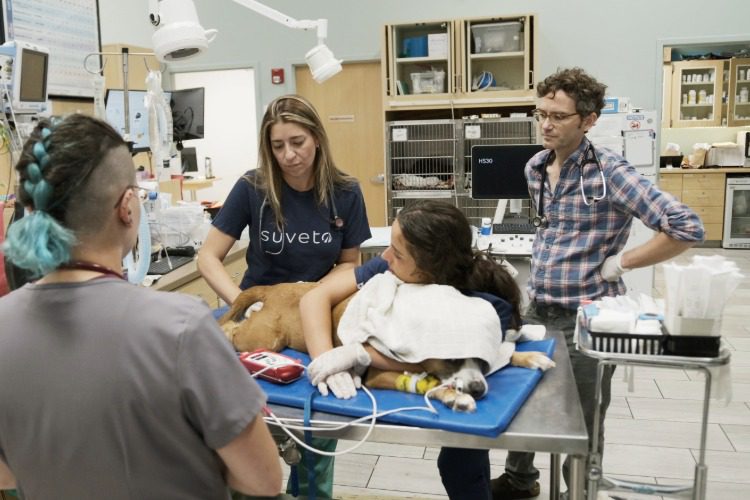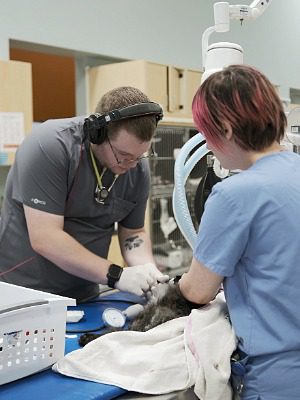The Scarcity of Veterinary Professionals in Emergency Medicine

In recent years, the veterinary industry has faced the growing and alarming challenge of a significant shortage of veterinary professionals in emergency medicine. As pet ownership continues to rise and the demand for urgent animal care intensifies, the gap between available emergency veterinary services and the needs of pet owners is widening. This scarcity poses serious risks not only to animal health but also to the well-being of veterinary professionals working under increasing pressure.
The Scope of the Problem
Emergency veterinary care requires a specialized set of skills, long and often unpredictable hours, and the ability to work in high-stress environments. Unfortunately, fewer veterinarians are entering this field, and many who do are leaving due to burnout.
Key factors contributing to the scarcity include:
- Workforce Shortages: According to the American Veterinary Medical Association (AVMA), the veterinary profession is experiencing a workforce shortage that is especially severe in emergency and critical care. The pipeline of new veterinary graduates simply isn’t keeping pace with demand.
- Burnout and Mental Health Challenges: Emergency vets often face emotional exhaustion, compassion fatigue, and high levels of stress. The unpredictable nature of emergency work—combined with long shifts and emotionally charged cases—can lead to burnout and attrition.
- Economic Pressures: Emergency veterinary hospitals must operate 24/7, requiring more staffing and resources.
- Geographic Disparities: Rural and under-served areas face even greater challenges, with limited access to emergency services and fewer professionals willing to work in these regions.
Why Hiring More People Isn’t a Simple Solution
One of the most common misconceptions is that the shortage can be solved simply by hiring more people. Unfortunately, it’s not that straightforward.

- Not Enough Candidates: There simply aren’t enough qualified veterinarians and veterinary technicians in the workforce right now, particularly those trained or interested in emergency medicine. Competition for talent is fierce, and most practices are already struggling to recruit.
- Long Training Pipeline: Becoming a veterinarian takes years of education and clinical experience. Even if more students enroll today, it will be several years before they are ready to enter the field, and not all will choose emergency medicine.
- Retention Over Recruitment: Practices that do manage to hire often face the challenge of keeping staff long-term. Without addressing burnout, toxic workplace culture, and work-life imbalance, new hires may not stay.
The Impact on Pet Owners and Animals
The consequences of this shortage are already being felt:
- Longer Wait Times: Emergency clinics are often overwhelmed, leading to extended wait times or the need to turn away cases.
- Reduced Access to Care: Some regions lack any form of emergency veterinary services, forcing pet owners to travel long distances or forgo care altogether.
- Increased Stress on Daytime Clinics: General practice clinics are being asked to handle more urgent cases, straining their capacity and affecting routine care.
What’s Being Done—and What More Can Be Done?
The veterinary community is actively working on solutions, though progress will take time:
- Educational Incentives: Some veterinary schools are increasing emergency medicine exposure during training and offering incentives to encourage students to pursue this path.
- Telemedicine Expansion: Virtual triage and telehealth services can help alleviate pressure on physical clinics by guiding pet owners through non-critical situations remotely.
- Workplace Reform: Improving workplace culture, offering better mental health support, and fostering more sustainable work schedules are becoming priorities for many emergency hospitals.
- Public Awareness: Educating pet owners about when to seek emergency care versus when to wait for routine care can help manage demand more effectively.
Final Thoughts
The shortage of veterinary professionals in emergency medicine is a multifaceted issue that won’t be solved with quick fixes or wishful hiring. It’s rooted in deeper, systemic problems that require long-term, collaborative solutions.
As awareness spreads, so too must the commitment to building a more resilient and sustainable emergency veterinary care system that supports both the animals who need help as well as the humans who care for them.
About Us
At Veterinary Medical Center of Central New York, we understand that the health of your pet is a top priority. In the case of an emergency or a condition requiring specialized care, we're here to treat your pet in our state-of-the-art, 24-hour Emergency and Critical Care Center.
